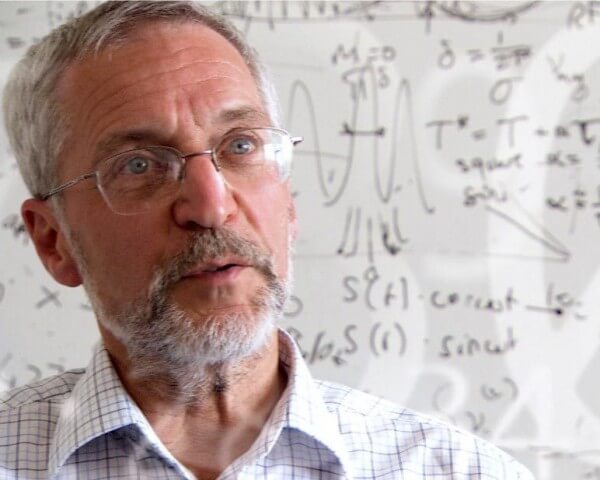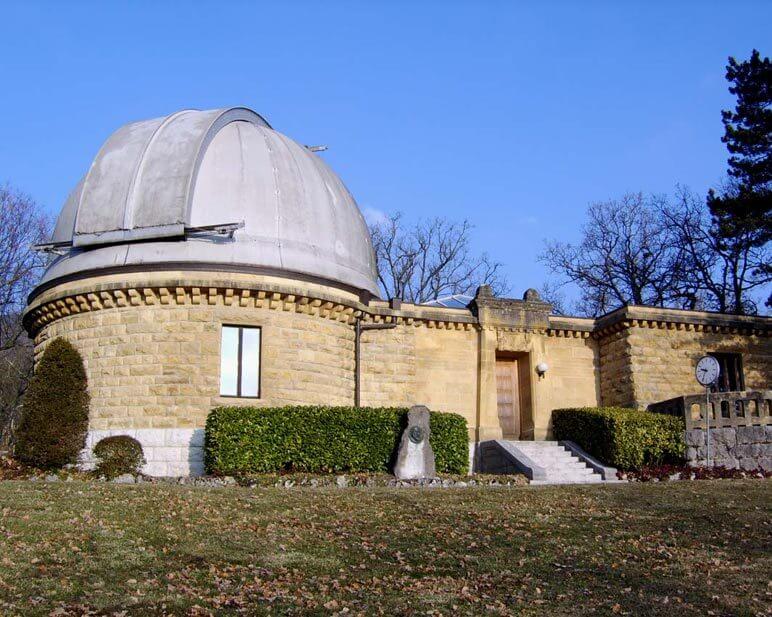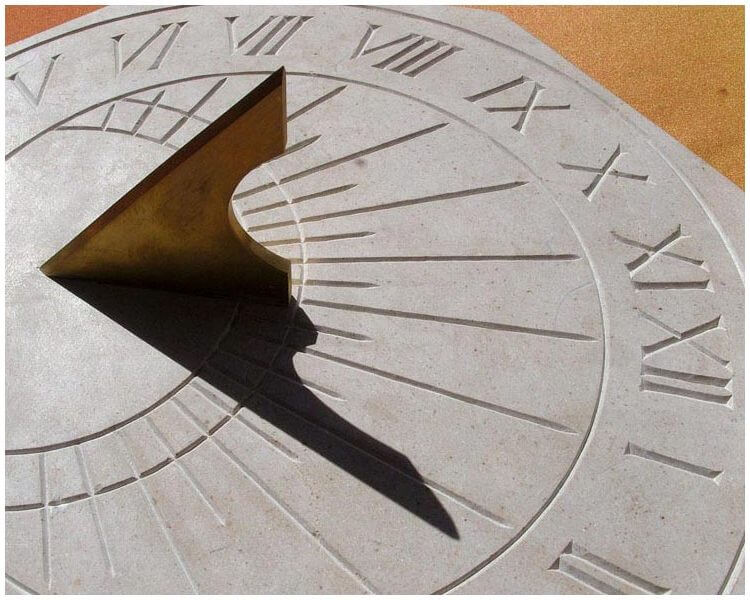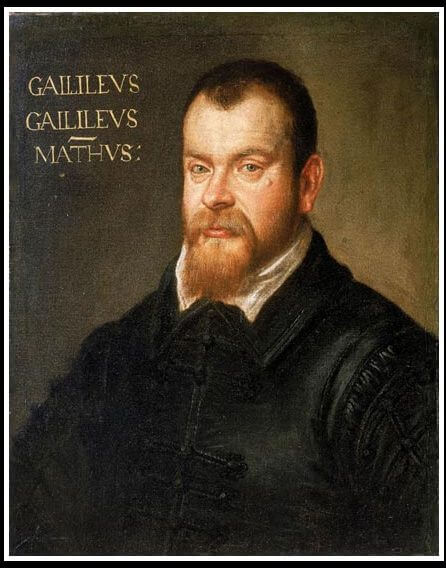Established in 1858, the Observatory for the Canton of Neuchâtel bore the reputation of Swiss precision out into the world. For many years, from 1934 to the mid-1990s, the Neuchâtel Observatory was also the “voice” that regulated Swiss daily life with its hourly radio announcements: “At the third stroke it will be precisely…”. In 1967, atomic replaced astronomical and Neuchâtel became the capital of the exact time. This was a revolutionary change, mirrored by the introduction of international atomic time. The second was defined as “the duration of 9 192 631 770 periods of the radiation corresponding to the transition between the two hyperfine levels of the ground state of the caesium 133 atom.”
Atomic clocks in space
For political reasons, the Observatory has no longer existed as such for two years. Its research activities have been transferred to the Laboratoire Temps-Fréquence (LTF), set up on February 1st, 2007 and part of the Institut de Physique (IPH) at Neuchâtel University. The Observatory’s industrial transfer activities are now carried out by the Centre Suisse d’Electronique et de Microtechnique (CSEM). “We have taken over research and development in precise time measurement,” Professor Pierre Thomann, director of the LTF, explains. Clearly, the Laboratory has more than respected the work of its predecessors as it takes on an impressive research programme, its main lines being primary caesium atomic frequency standards, laser-cooled atoms, rubidium clocks, miniature atomic clocks and optical frequency standards.

The LTF is also involved in developing technology for atomic clocks in space, particularly the second-generation standards that will equip the European global navigation satellite system, Galileo. “Of all our applications, satellites get the most media attention,” Professor Thomann observes. Scientists from the Neuchâtel Observatory have played a key role in this area of research. Neuchâtel clocks are currently being tested in orbit, and will equip Galileo’s 30 navigation satellites. There is even a spin-off company, Spectratime, which employs 65 people and has won numerous contracts with the European Space Agency (ESA). It manufactures thousands of atomic clocks a year.
Cold atom frequency standard
As well as being used to define a universal time reference, atomic clocks are also an essential part of global positioning technology. “This is a fine example of a successful industrial transfer,” says Professor Thomann, who is equally proud of another application for rubidium clocks, this time on land and less in the public eye. They are used in telecommunications to synchronise telephone calls, particularly international ones. Oscilloquartz and Asulab, both part of the Swatch Group, are involved in developing miniature standards for the telecom industry. Not that the LTF is neglecting fundamental research, where its main focus is precision and ultra-precision. Thanks to clocks developed at the LTF, certain fundamental laws of physics, including Einstein’s theories, can be tested.
Through the LTF, time measurement is a renewed source of pride for Neuchâtel. In 2003, the laboratory developed a new clock. Its concept is unique, with only five quasi-similar systems in the world. Ultimately it should help calibrate international time, and in doing so reinstate Switzerland’s reputation in this field. Within the coming years, Switzerland will have one of the few laboratories to possess a cold atom frequency standard, a reference for international atomic time. Professor Thomann concludes: “We’re working hard on this. Switzerland will move out of the pack and to the forefront of precise time measurement. For Neuchâtel, which has a long tradition of timekeeping, as has the country as a whole, this is a symbolic achievement.”

















